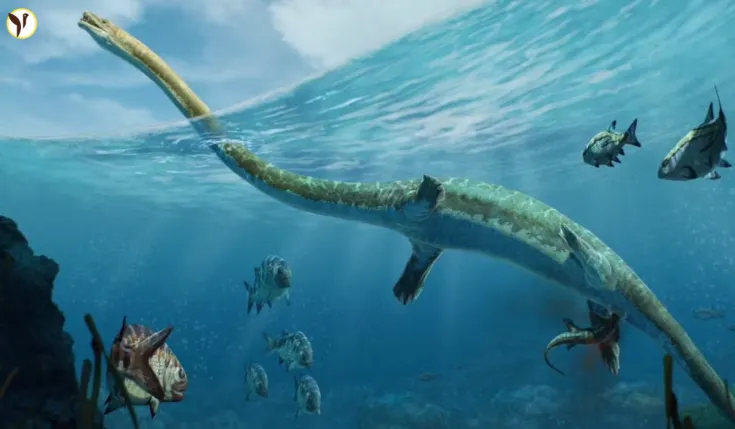240-Million-Year-Old "Dragon-Like" Fossil Found in China — and It's Pretty Wild
Something kinda amazing just happened in southern China. Paleontologists digging around in Guizhou Province found this super old fossil — like, 240 million years old — and honestly, it’s got people talking because it looks a lot like the dragons you hear about in old Chinese stories. Not even kidding.
Turns out, the fossil is from a marine reptile called Dinocephalosaurus orientalis. Yeah, it’s a mouthful. But what’s really cool is that it’s the most complete skeleton they’ve ever found of this creature. It’s about 16 feet long and has this crazy long neck — think snake meets sea creature. And the whole thing kind of gives off that ancient dragon vibe.
What Makes This Fossil So Different
Okay, so here’s the wild part. Most long-necked reptiles just stretch out their neck bones. But not this one. The Dinocephalosaurus didn’t just stretch — it added more bones. Like, extra vertebrae. That’s what gave it this super long, bendy neck that helped it move better in the water.
Scientists are saying this neck probably helped it sneak up on prey underwater. It could move in ways that today’s sea animals just… can’t. This new fossil shows all those little details — the bones, the shape, everything. And it’s giving researchers a much better picture of how this thing actually lived and hunted back then.
A Peek Into a Very Strange Past
This fossil isn’t just about one creature — it’s kind of a doorway into a time when the oceans were filled with weird and amazing life. Dinocephalosaurus was part of that world, and it clearly didn’t play by the usual rules. Its body was built in a way that doesn’t really match anything alive today.
In fact, in 2021, scientists even gave it its own little family — called Dinocephalosauridae — just to show how different it really is. That means it’s not closely related to other sea reptiles like Pectodens, which were once thought to be kinda similar. Turns out, it was marching to the beat of its own evolutionary drum.
Why This Find Really Matters
Honestly, finding something this complete is a big deal. Like, paleontologists don’t come across fully intact fossils like this every day — or even every decade. This one is kind of a once-in-a-generation thing. It lets scientists study the creature’s whole body and get a much deeper understanding of how it lived.







